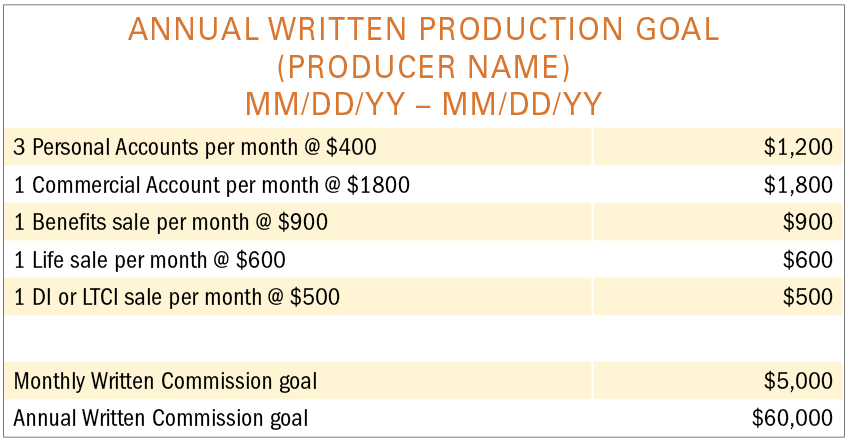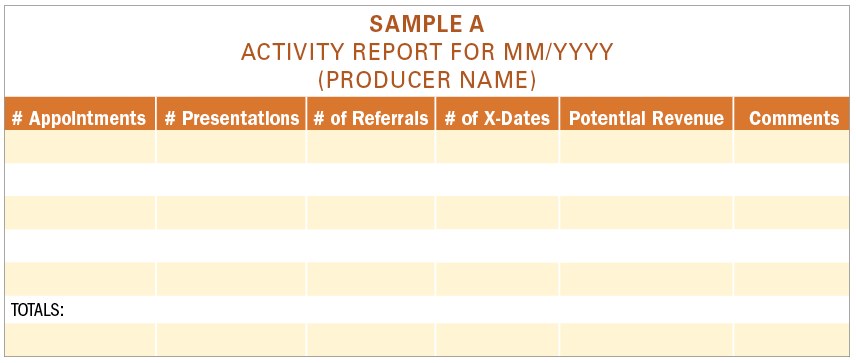To achieve exceptional success and sustained growth, an agency must commit to establishing formal processes for producer development and sales management. In NU's October issue, Part 1 of this column described and outlined producer development. This month, I show how to create and manage an in-house sales management process using everyday activities, new business revenue provided by your agency system, and the goals set in a producer's individual annual sales plan.
Sales management
This is the key to producer development and continued agency growth. As agency founder and CEO, I took on this critical role even as I had executive and personal sales responsibilities. It isn't easy, and producers, especially the really good ones, are not always simple to manage. While the sales manager is often an agency principal, the role can also be successfully filled by an executive with good management, organizational and, most importantly, great people skills. The primary responsibilities of the sales manager and sales management should include:
-
Creating the annual sales plan based on the agency's annual business plan
-
 Working with each producer to develop their individual annual sales plan and establish those activities that will keep them focused to achieve their goals
Working with each producer to develop their individual annual sales plan and establish those activities that will keep them focused to achieve their goals -
Meeting monthly with new and intermediate producers and quarterly with all others
-
Reporting results to the CEO monthly
-
 Monitoring and evaluating the producer activities and sales production monthly
Monitoring and evaluating the producer activities and sales production monthly -
Scheduling monthly sales meetings, which are mandatory for all producers, a customer service rep from each department and someone from operations
-
Making decisions on periodic sales contests by line of business, by product, by a/c rounding or other criteria
-
Distributing awards and recognition based on achieving specific goals, for example, total sales, growth percentage, number of new clients or percentage of goals achieved, at the last sales meeting of the year
-
Being involved with all aspects of hiring and termination of producers
-
Overseeing the agency's producer agreement, which should be composed of three sections:
|-
Employment agreement
-
Compensation
-
Vesting and termination provisions.
-
Recommended For You
Want to continue reading?
Become a Free PropertyCasualty360 Digital Reader
Your access to unlimited PropertyCasualty360 content isn’t changing.
Once you are an ALM digital member, you’ll receive:
- Breaking insurance news and analysis, on-site and via our newsletters and custom alerts
- Weekly Insurance Speak podcast featuring exclusive interviews with industry leaders
- Educational webcasts, white papers, and ebooks from industry thought leaders
- Critical converage of the employee benefits and financial advisory markets on our other ALM sites, BenefitsPRO and ThinkAdvisor
Already have an account? Sign In Now
© 2025 ALM Global, LLC, All Rights Reserved. Request academic re-use from www.copyright.com. All other uses, submit a request to [email protected]. For more information visit Asset & Logo Licensing.









